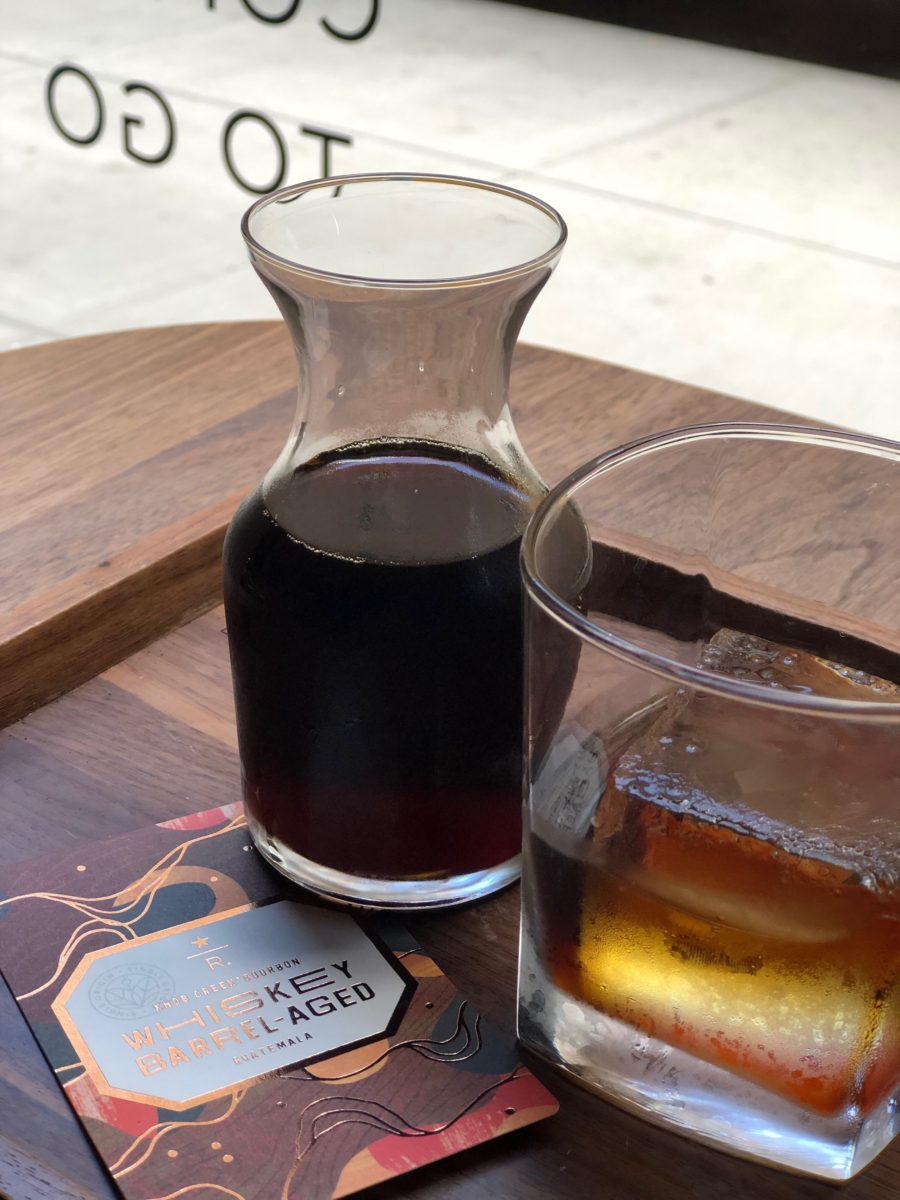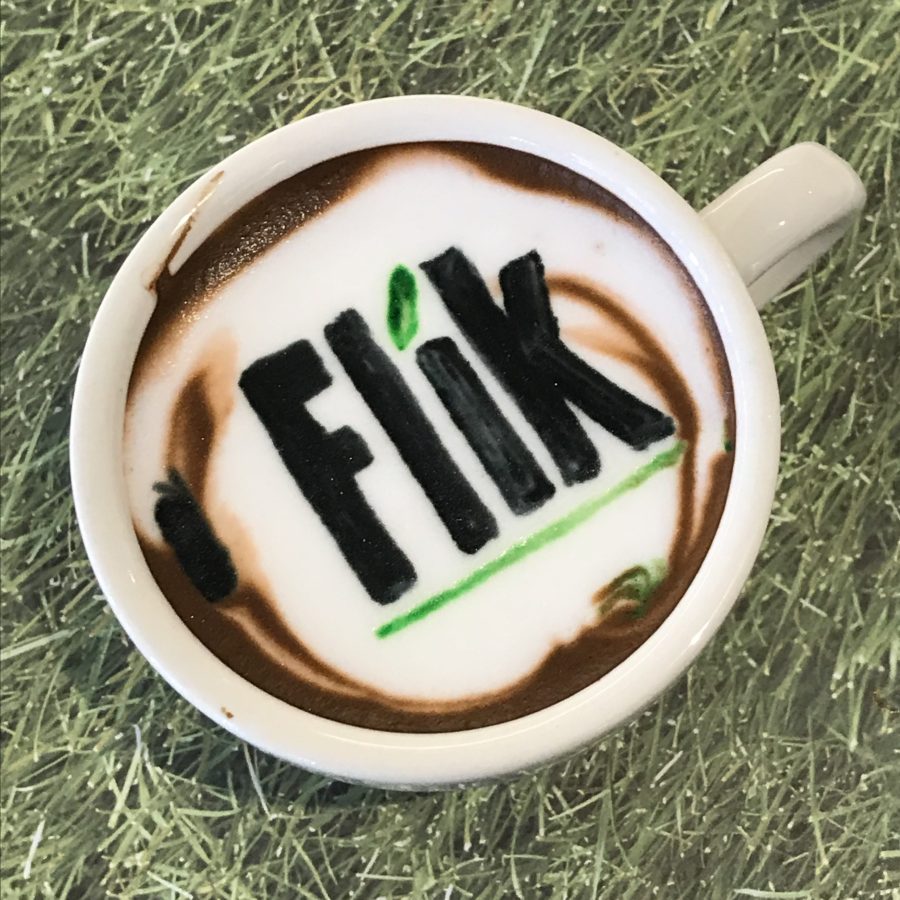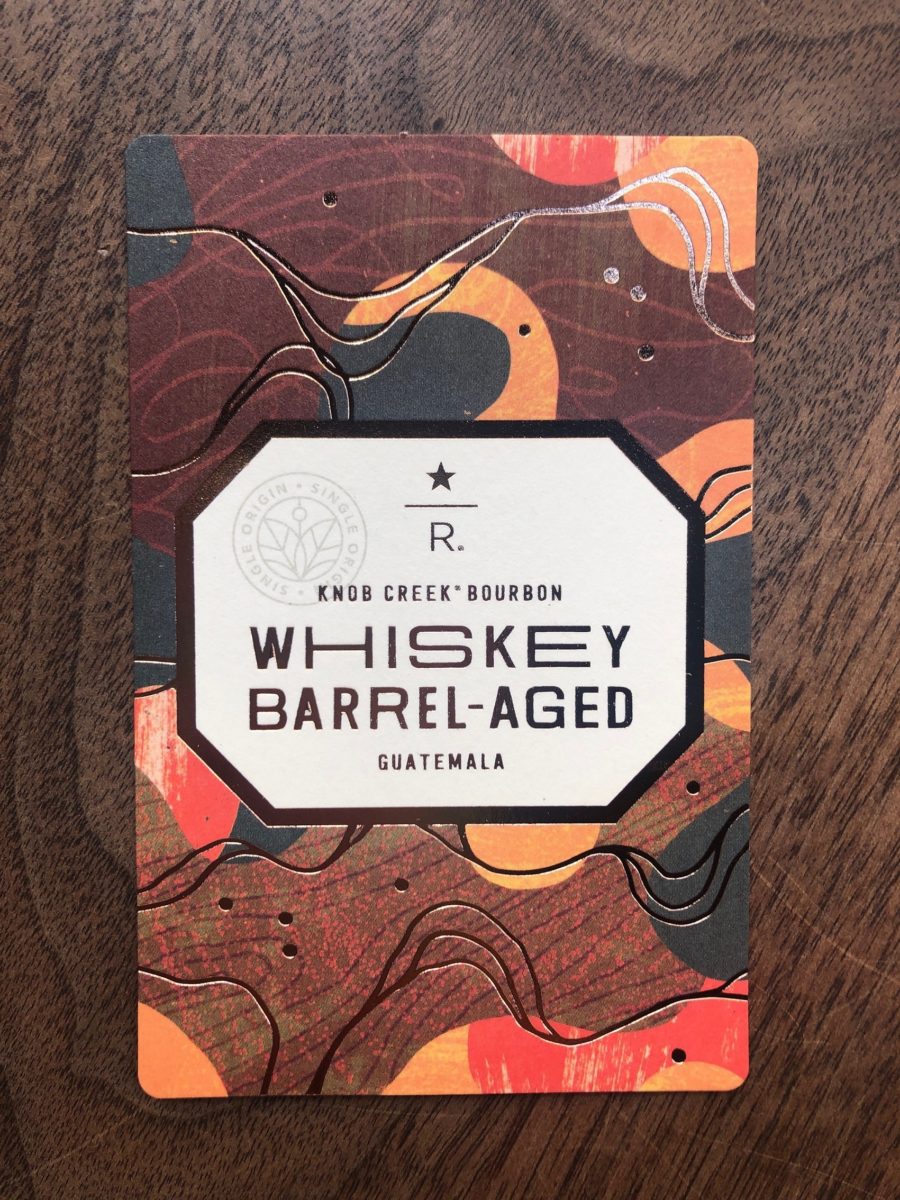
A Beginners Guide to Coffee
When it comes to coffee, there are numerous ways to make and enjoy a simple cup of java. But ordering a coffee can be complicated. From origin of the beans to roasting level to the grind size to the brewing method, all these details help determine the flavor profile of your coffee. This complex equation helps determine which types of coffee you love best and in honor of National Coffee Day, we’re giving you a beginners guide on how robust the coffee spectrum can actually be.
The more important thing to remember: coffee preferences are all subjective. There’s no one “best” way to enjoy coffee!

Understanding Coffee Roasts
The degree to which coffee beans are roasted is one of the most important factors in determining the flavor profile of your java. You might see these labeled as “light”, “medium”, or “dark” roasts.
Roast names and descriptions aren’t standardized within the industry, so you might see fun marketing terms like “Blonde Roast” to mean the same thing as light roast.
Here are some of the more popular terms and what they translate to in regards to flavor:
- Light: Light roasts literally mean they have been lightly roasted – they have been exposed to less heat than other beans. They have more moisture left inside them after the roasting process, leaving the bean denser. This means they’ll have a grainier taste and more pronounced acidity, or “brightness”. Light roasts often have more caffeine than other roasts. If you prefer light, floral, or fruity notes – you’ll likely enjoy a light roast coffee.
- Medium: Medium roasted coffees lack the grainy taste of light roasts and often exhibit more balanced flavor, aroma and acidity than lighter roasts. Medium roasts are the most common coffee roast in America.
- Dark: A dark roast will look the darkest brown in color, thanks to the prolonged exposure to heat. This coffee can sometimes be described as bitter, smoky, or even burnt in flavor. They will also have less caffeine per cup. You may also see this roast labeled as French Roast or Italian Roast. Most espresso blends are formed from a dark roast bean. If you like coffee that has similar flavoring to roasted nuts, caramel or chocolate – this is the coffee for you.
Let’s Talk About Body
The “body” of your coffee refers to how the coffee feels on your mouth – is it thick like cream or thin like water? This is sometimes also referred to as “strength” of coffee and simply refers to the coffee to water ratio.
The more water, the milder the coffee.
- Mild: Coffee described as “mild” often means the flavor will lack strong, pungent notes.
- Bold: Bold coffees have a strong, notable flavor.
- Extra Bold: Get ready for a punch in the mouth of coffee flavor – extra bold roasts are extremely pronounced.

Coffee Origins
Where in the world is your coffee from? It really matters!
Many natural conditions effect the flavor of your coffee – soil, climate, rainfall, elevation, etc. The world has four main coffee growing regions: South America, Central America, Africa and Asia and each has their own unique flavor profile.
- South America: Colombian coffee is the most common coffee from South America. These beans have a little less acidity than African coffees, with sweet, nutty undertones and soft caramel notes.
- Central America: Central American coffees are one of the largest distributors of the global coffee supply. Coffee grown in El Salvador, Guatemala, and Costa Rica are noted for their vanilla or hazelnut flavors.
- Africa: Beans grown in countries like Rwanda, Uganda, Kenya and Ethiopia have more bright, acidic notes and are usually bolder coffees. These coffees are often bolder and have more syrupy body.
- Asia: Coffee derived from India, Sumatra, and Java are often described as having more earthy notes. They can take on notes of chocolate, nuts, or tropical fruits with a medium level of acidity. Sumatra in particular is a love it or hate it intense type of coffee profile.
Coffee origins will either be sold as single origin or blended coffee. Single origin means that all the beans were derived from the same geographical region, where blended will mean there can feature beans from all different regions. Because blended coffees can use a variety of beans from around the world, blended brands can take advantage of year-round production and will often be less expensive because of this.
Knowing where your coffee was grown, and if it was grown with fair-trade standards, is worth the extra price tag on your beans.

To Grind or Not to Grind?
No matter where you buy your coffee – from the grocery store, a coffee shop, or roaster – you should know what’s in your bag.
Let’s start with this fact: Buying whole beans is best.
Like spices, the oils that make up majority of your coffee bean flavors start to degrade as soon as you grind them. That means pre-found coffee loses its flavor every minute it’s sitting on the counter. By grinding your own beans, your coffee flavor and aroma will be amped up immediately.
+++
What We Were Talking About in 2018: Sheet Pan Tofu, Vegetable Fajitas
At FLIK Hospitality Group we believe in great food, great service, and great people. Our wellness first approach ensures our food supports healthy and delicious choices, specially curated by our team of culinary experts and registered dietitians. At FLIK, we believe in seasonality in sourcing our ingredients and providing a customized approach to the culinary and hospitality needs of each client. Our dedication to providing quality hospitality service is unparalleled in the industry.
Have feedback or questions for our team? Email us at flikblog@compass-usa.com.
Interested in working with us? Apply today!